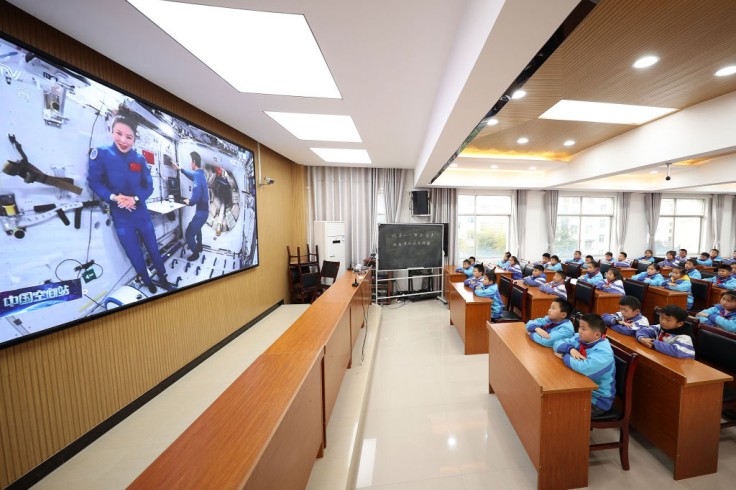
Having kids is expensive in South Korea and China. According to a study from Jefferies that used data from Yuwa Population Research, the Asian countries top the list of most expensive places in the world to raise a child from birth to age 18. According to a report by CNN, the numbers used were measured as a percentage of per capita gross domestic product (GDP).
South Korea came in first, followed by China which ranked second. Italy finished third in the child care cost rankings. The United States finds itself in the middle of the cost scale, between Germany and Japan.
That being said, China happens to be one of the cheapest places to have children in terms of the absolute amount of money spent. According to Jefferies researchers, it is all relative, though, as China becomes the most expensive place to raise children if they adjust that data to the percentage of average disposable income.
What makes it so costly to raise kids in South Korea and China?
The question now is - what makes it so costly to raise children in Far Eastern countries? According to Jefferies, a big reason child care is so expensive in that part of Asia is the cost and availability of care when the child is in their younger years and the high cost of education.
For example, in China, pre-school services have been mostly private until recently. Jefferies noted that it takes more than $75,000 to raise a kid until the age of 18 in China and another $22,000 to get a child through university.
That may sound like much cheaper tuition than what students face in the United States, but there is a key difference. According to Jefferies analysts, a student loan provided by the state is more common in many other Western countries such as the United States. The burden is lifted from parents and transferred to the children themselves.
For example, in the U.S., 55 percent of undergraduate students graduated with debt in the 2019-2020 academic year, according to data from the College Board. Lawmakers have plenty of options to slash the cost of having kids, including governments subsidizing child care to limit the gap between people from different income classes.
Read Also : No More Child Care Deserts in New York? $70 Million in Grants Available for N.Y. Child Care Programs
Chinese government taking steps to make child care cheaper
Authorities in Beijing are already stepping in to make after-school tutoring more accessible to Chinese citizens. Jefferies analysts believe that next on the list could be subsidizing the cost of nursery and kindergarten. They think that the Chinese government is looking to either regulate the price of private services and/or have the state provide these services.
In its current five-year plan, the Chinese government revealed that it aims to increase the number of nursery school places for kids under three years of age to 4.5 per 1,000 people by the year 2025. That is two and a half times the current amount of 1.8 per 1,000 people.
According to China Daily, there are 42 million Chinese children under the age of three at the moment. Parents of a third of those kids want their children to go to nursery school, but only 5.5 percent of them can actually do that, according to the Jefferies report.